China’s brain-computer interface industry is set for major growth, presenting myriad opportunities for medical and commercial applications.



China initiated its first multi-center clinical trial for brain-computer interface technology in neurocritical care on Sunday, marking a significant expansion of BCI applications beyond the rehabilitation of motor and cognitive functions.
The trial, launched in Tianjin, aims to explore new therapeutic approaches for severe neurological conditions.
Led by the Haihe Laboratory of Brain-Computer Interaction and Human-Machine Integration at Tianjin University and Tianjin Huanhu Hospital, the project brings together leading medical institutions from Beijing, Tianjin, Henan province, and other regions.
“This initiative will pave the way for broader medical applications, offering Chinese technologies, standards, and protocols for precise management of neurocritical conditions,” said Liu Xiuyun, deputy director of the Haihe Laboratory.
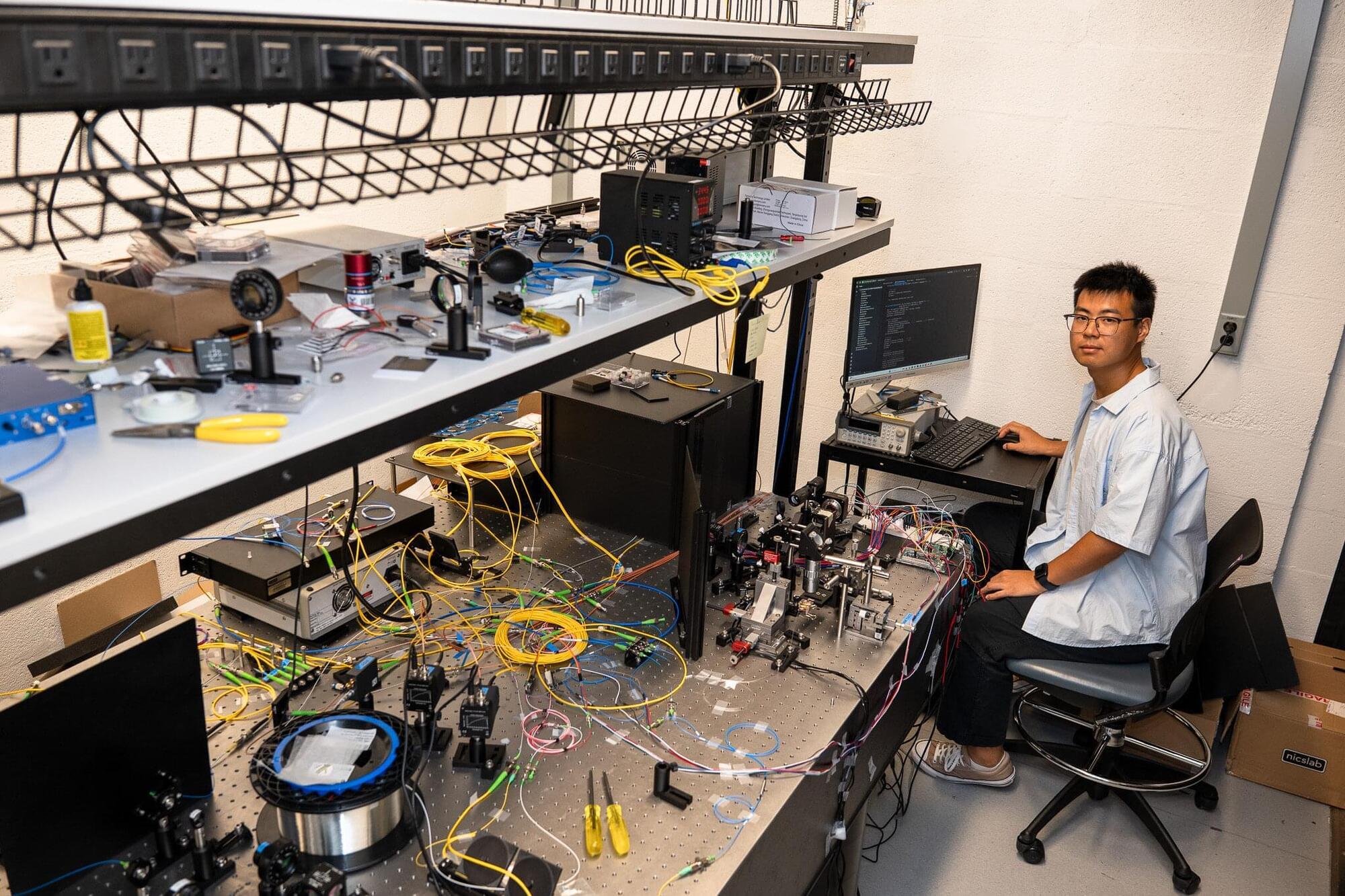
In a first-of-its-kind experiment, engineers at the University of Pennsylvania brought quantum networking out of the lab and onto commercial fiber-optic cables using the same Internet Protocol (IP) that powers today’s web.
Reported in Science, the work shows that fragile quantum signals can run on the same infrastructure that carries everyday online traffic. The team tested their approach on Verizon’s campus fiber-optic network.
The Penn team’s tiny “Q-chip” coordinates quantum and classical data and, crucially, speaks the same language as the modern web. That approach could pave the way for a future “quantum internet,” which scientists believe may one day be as transformative as the dawn of the online era.
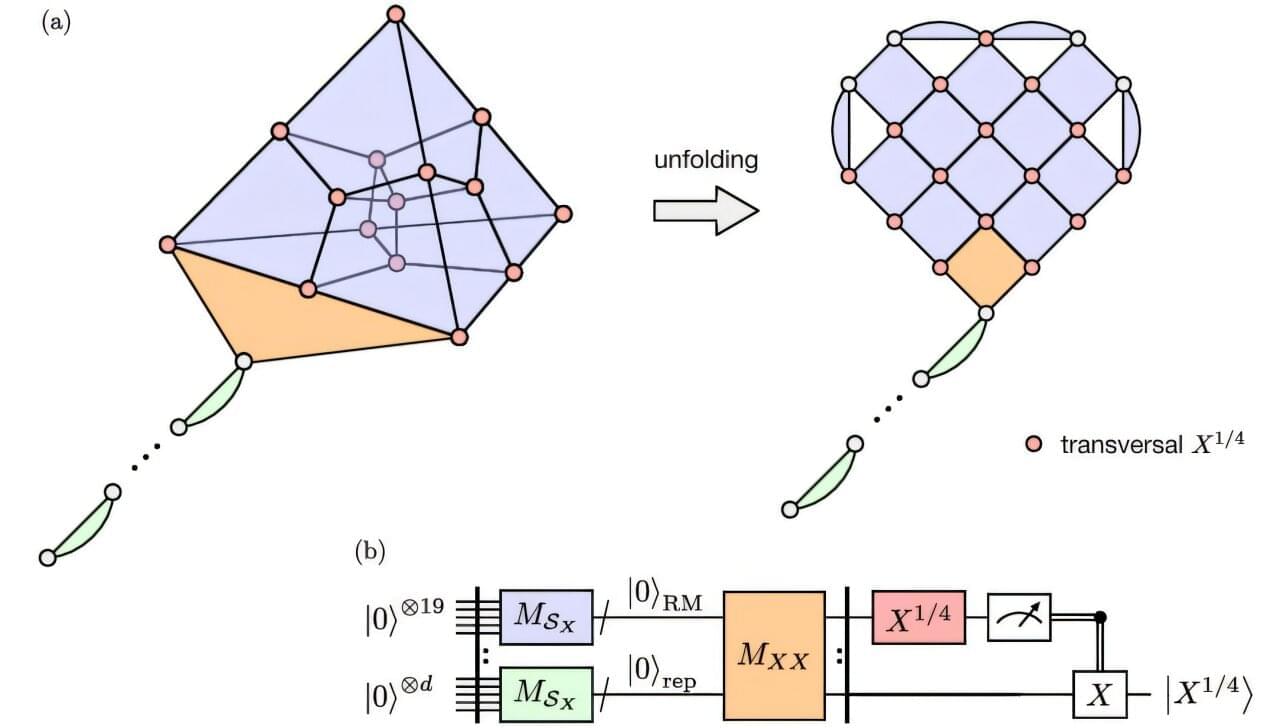
Quantum computers, systems that perform computations leveraging quantum mechanical effects, could outperform classical computers in some optimization and information processing tasks. As these systems are highly influenced by noise, however, they need to integrate strategies that will minimize the errors they produce.
One proposed solution for enabling fault-tolerant quantum computing across a wide range of operations is known as magic state distillation. This approach consists of preparing special quantum states (i.e., magic states) that can then be used to perform a universal set of operations. This allows the construction of a universal quantum computer—a device that can reliably perform all operations necessary for implementing any quantum algorithm.
Yet while magic state distillation techniques can achieve good results, they typically consume large numbers of error-protected qubits and need to perform many rounds of error correction. This has so far limited their potential for real-world applications.
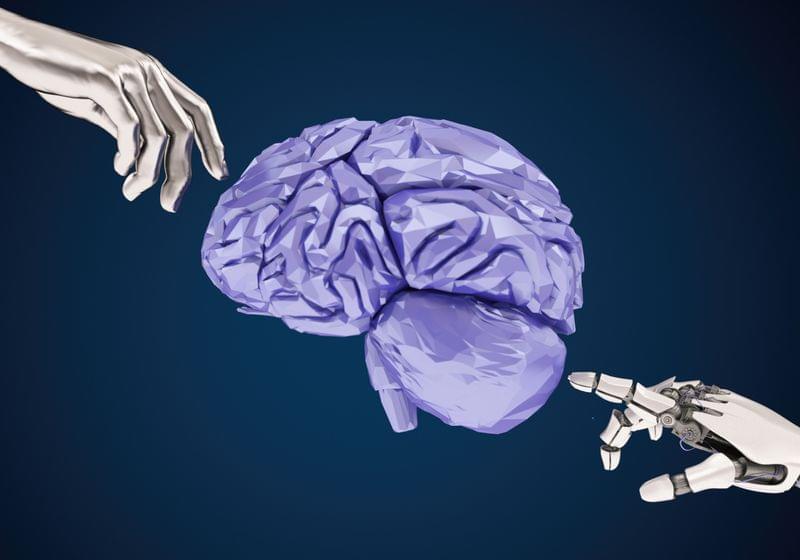
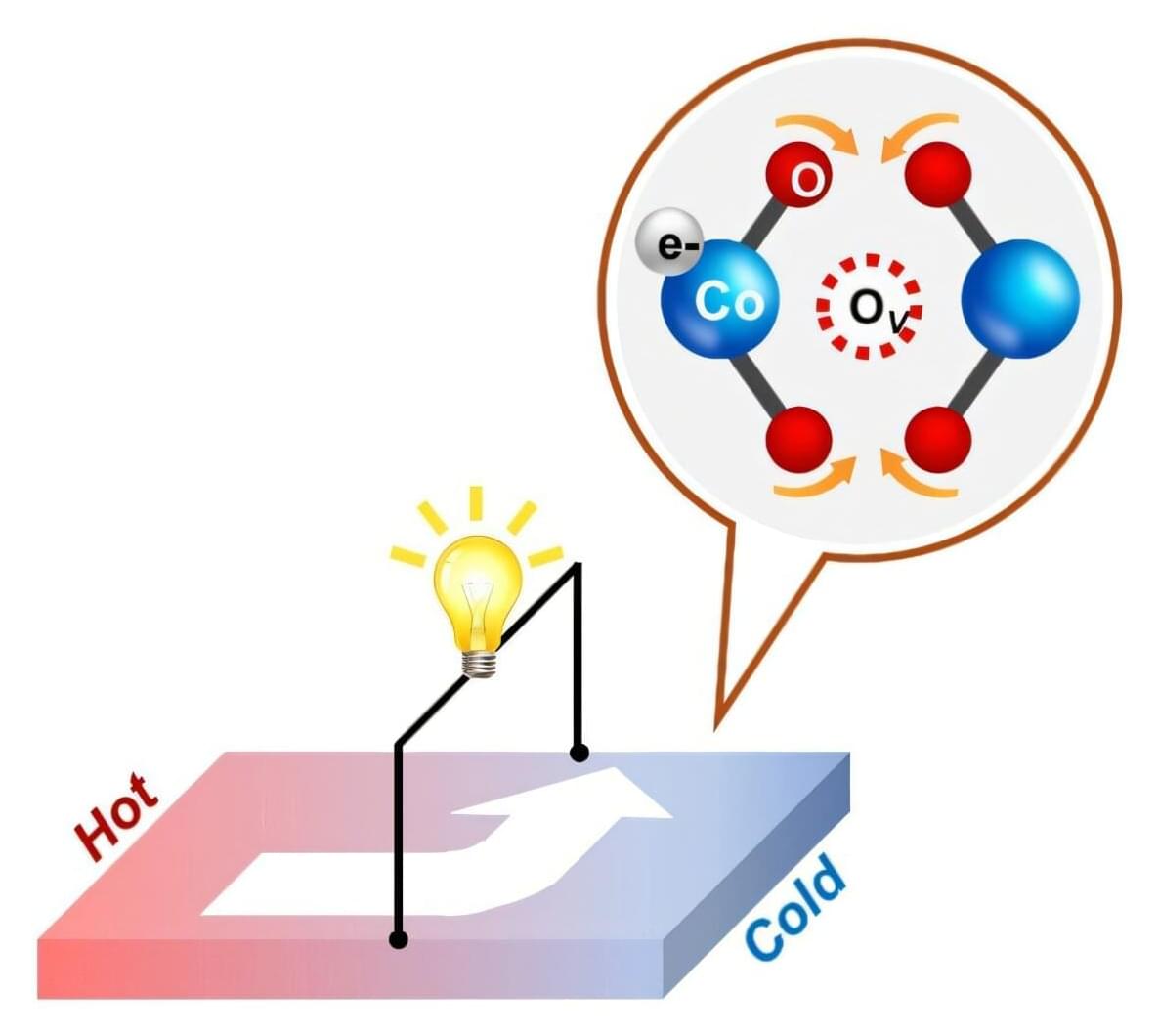
A research team has dramatically enhanced the efficiency of converting heat into electricity. The key lies in controlling tiny defects known as oxygen vacancies.
Their findings were published as a front cover article in the journal Advanced Science. The team was led by Professor Hyungyu Jin and Dr. Min Young Kim from the Department of Mechanical Engineering at POSTECH, in collaboration with Professors Donghwa Lee and Si-Young Choi from the Department of Materials Science and Engineering, and Professor Joseph P. Heremans from the Ohio State University.
Each day, enormous amounts of heat are lost around us: hot steam from factory chimneys, heat from car engines, and even the warmth generated by smartphones and computers. This waste heat is typically left unused, but if it could be converted back into electricity, it would offer a powerful solution to both energy inefficiency and environmental challenges.
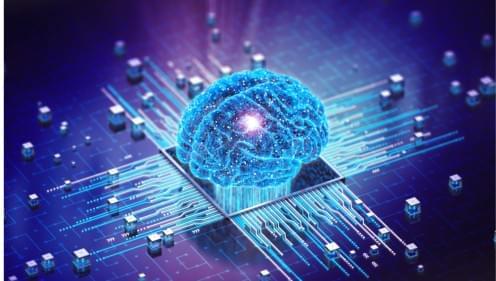

While superconducting qubits are great at fast calculations, they struggle to store information for long periods. A team at Caltech has now developed a clever solution: converting quantum information into sound waves. By using a tiny device that acts like a miniature tuning fork, the researchers were able to extend quantum memory lifetimes up to 30 times longer than before. This breakthrough could pave the way toward practical, scalable quantum computers that can both compute and remember.
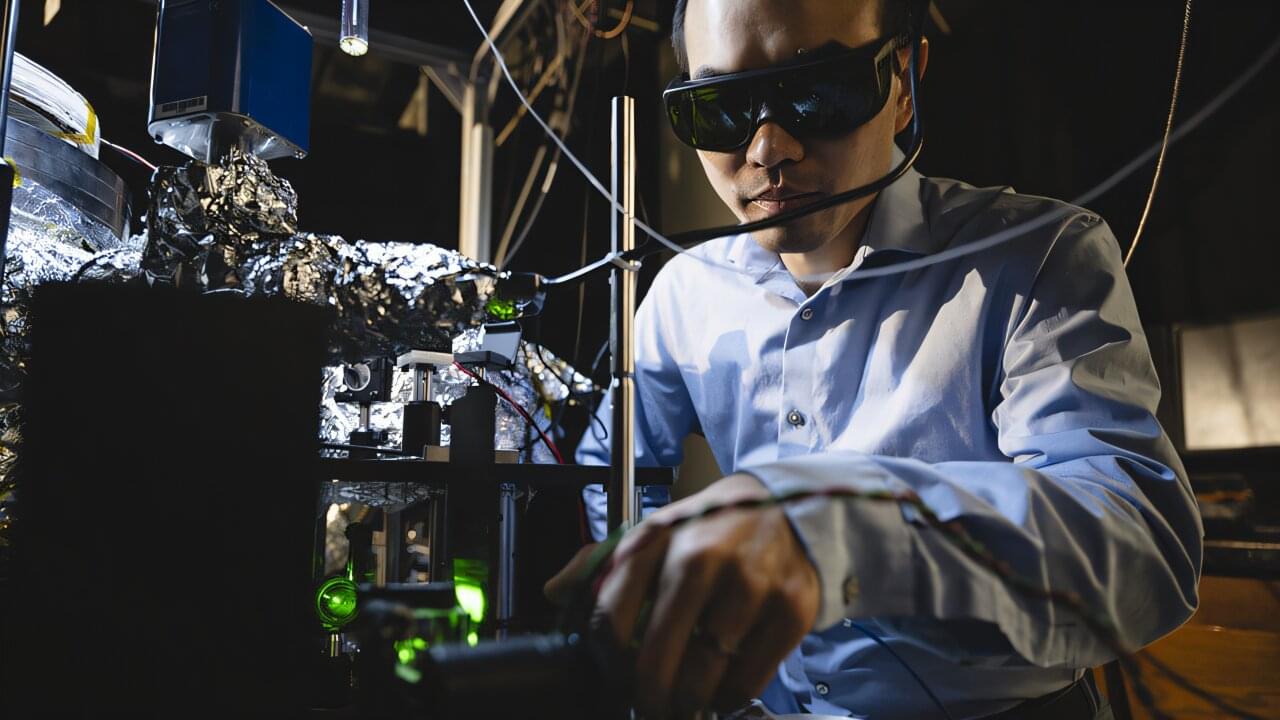
The same technology behind MRI images of injury or disease also powers nuclear magnetic resonance (NMR) spectroscopy, which is used to analyze biological molecules for research on diseases and therapeutics. While NMR spectroscopy produces valuable data about the structure of molecules, the resolution is too low to sense individual atoms.
Now, quantum researchers at Purdue University are advancing an approach that could improve the resolution of NMR spectroscopy to the atomic scale and may also have applications in developing quantum computing and quantum communications.
“Conventional NMR spectroscopy is limited to measuring large samples of molecules. We’re interested in developing technologies that can detect and analyze a single molecule,” said Tongcang Li, professor of physics and astronomy in the College of Science and of electrical and computer engineering in the College of Engineering.
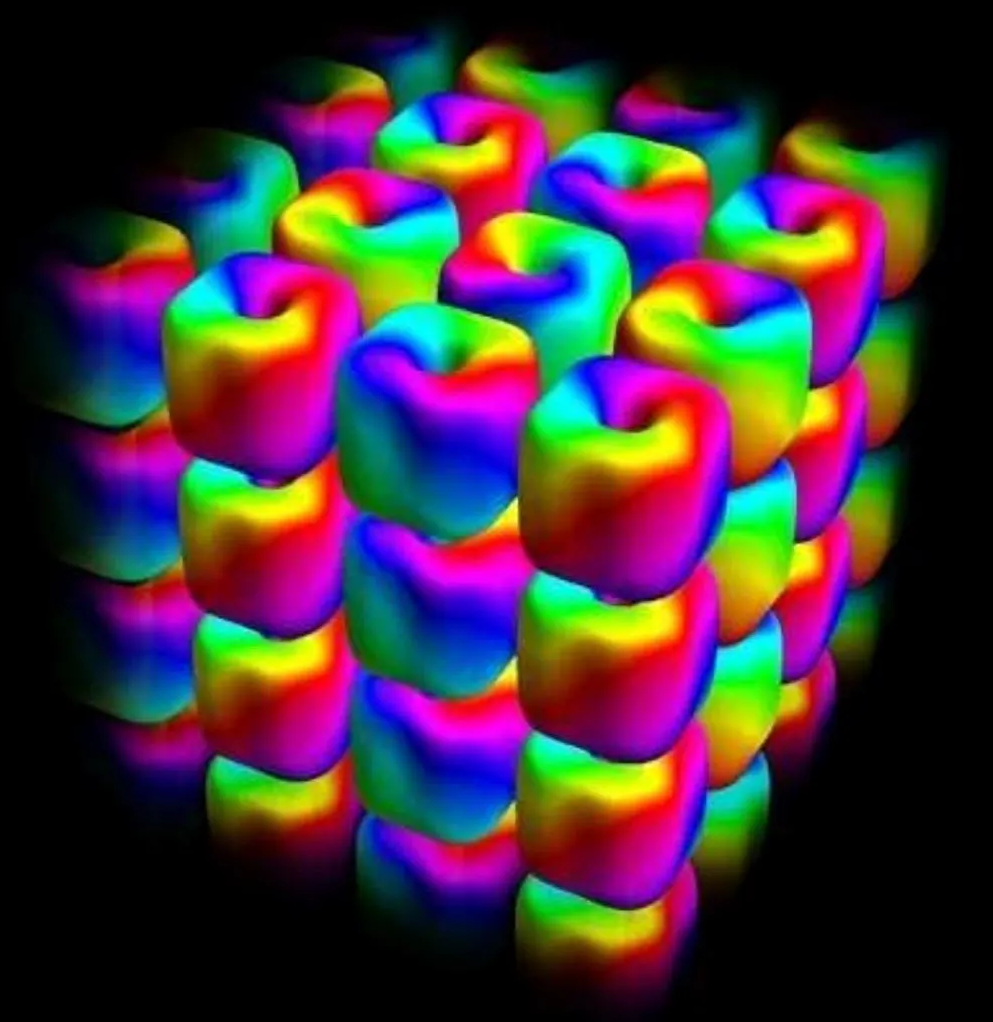
Researchers have developed a blueprint for weaving hopfions—complex, knot-like light structures—into repeating spacetime crystals. By exploiting two-color beams, they can generate ordered chains and lattices with tunable topology, potentially revolutionizing data storage, communications, and photonic processing.